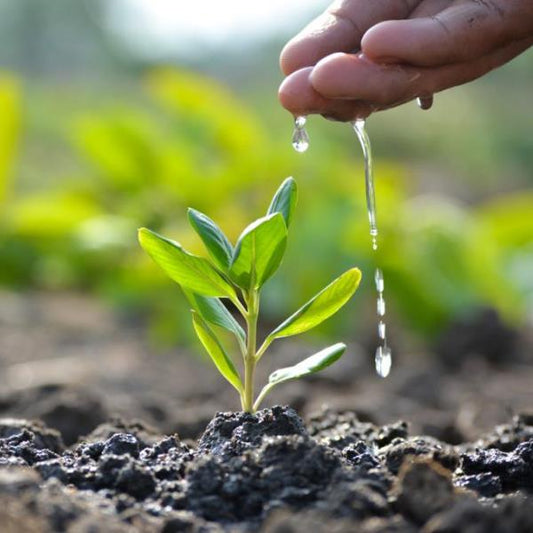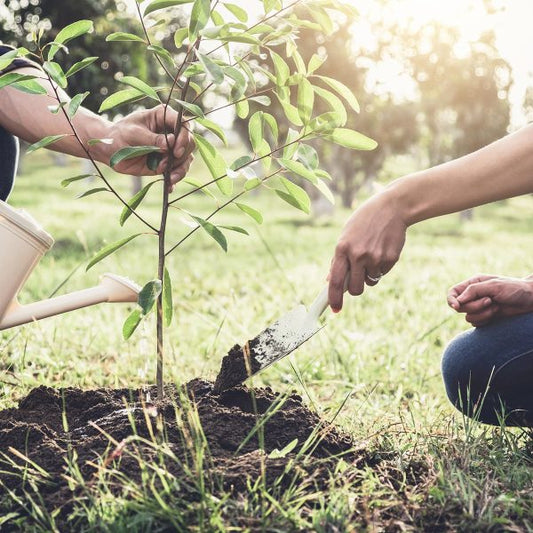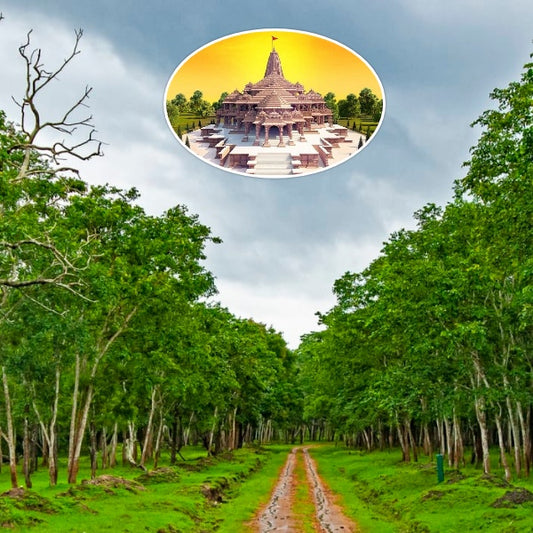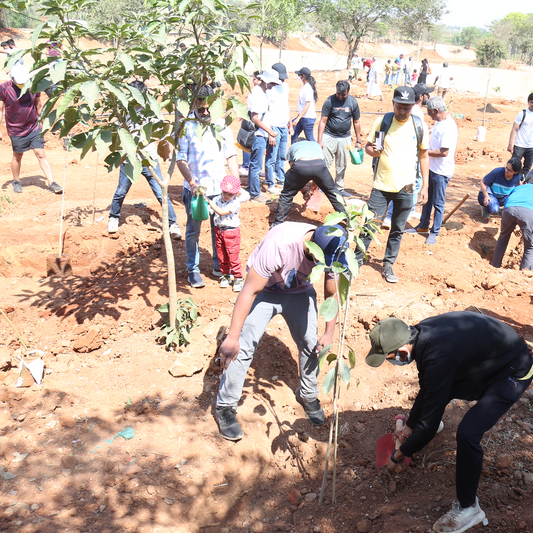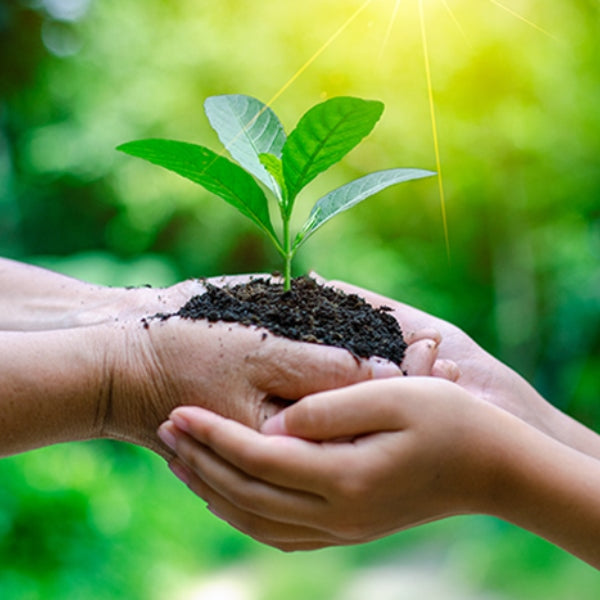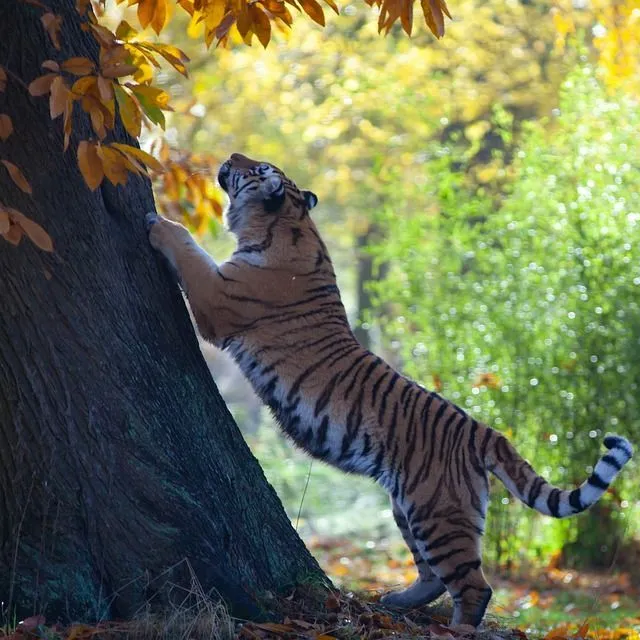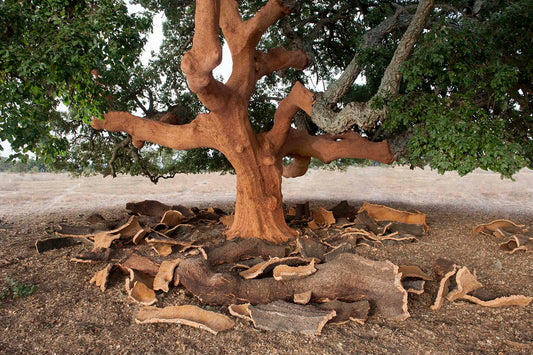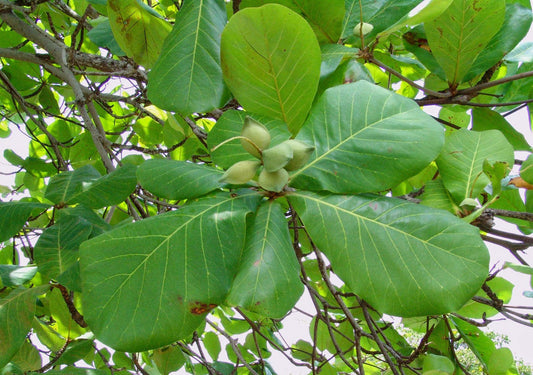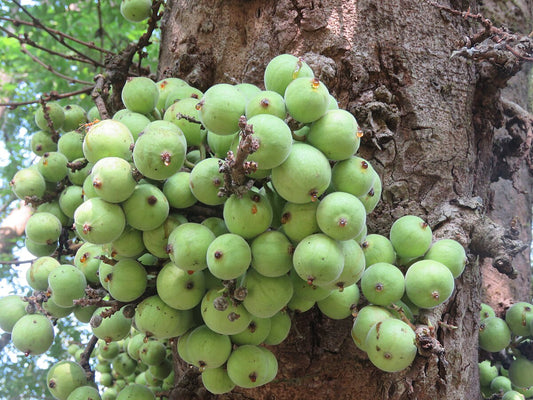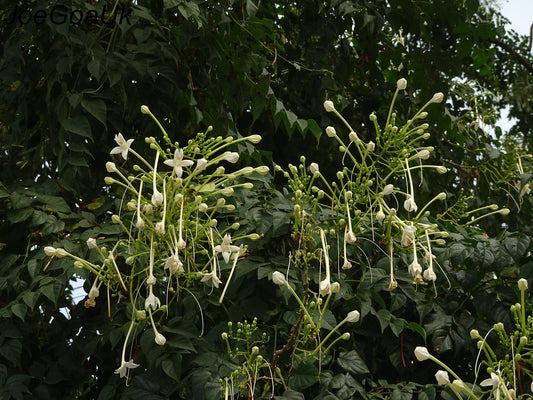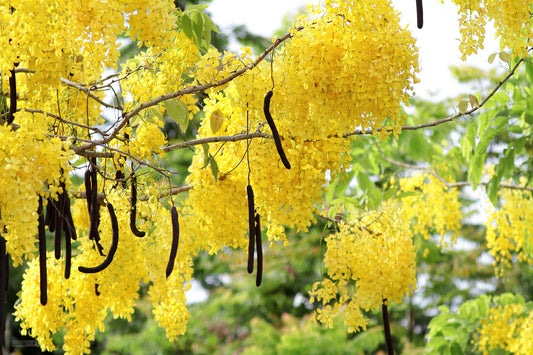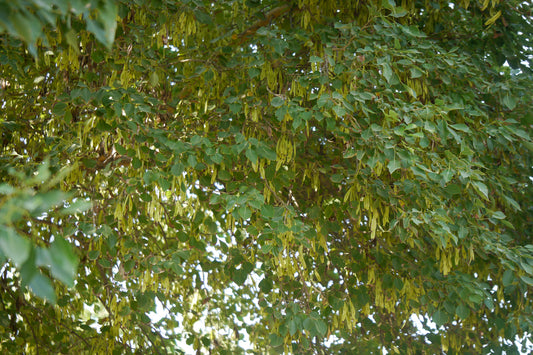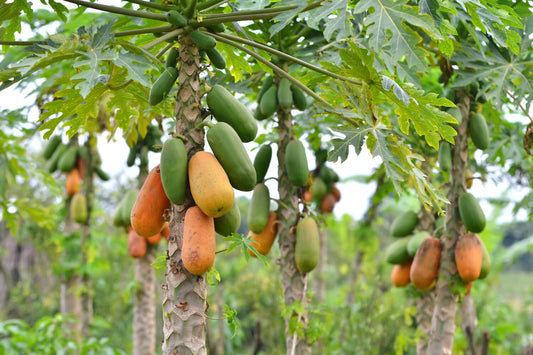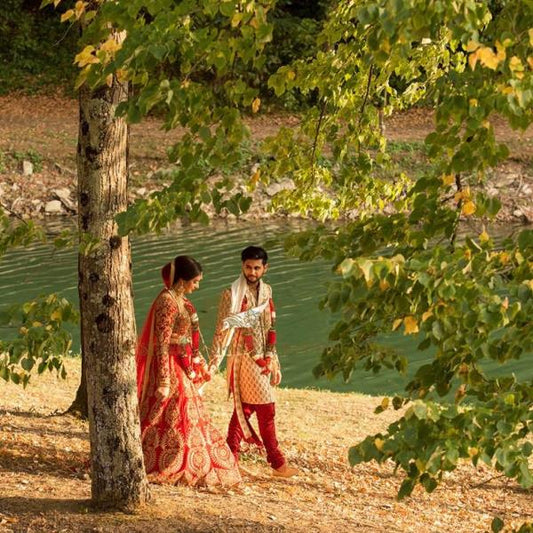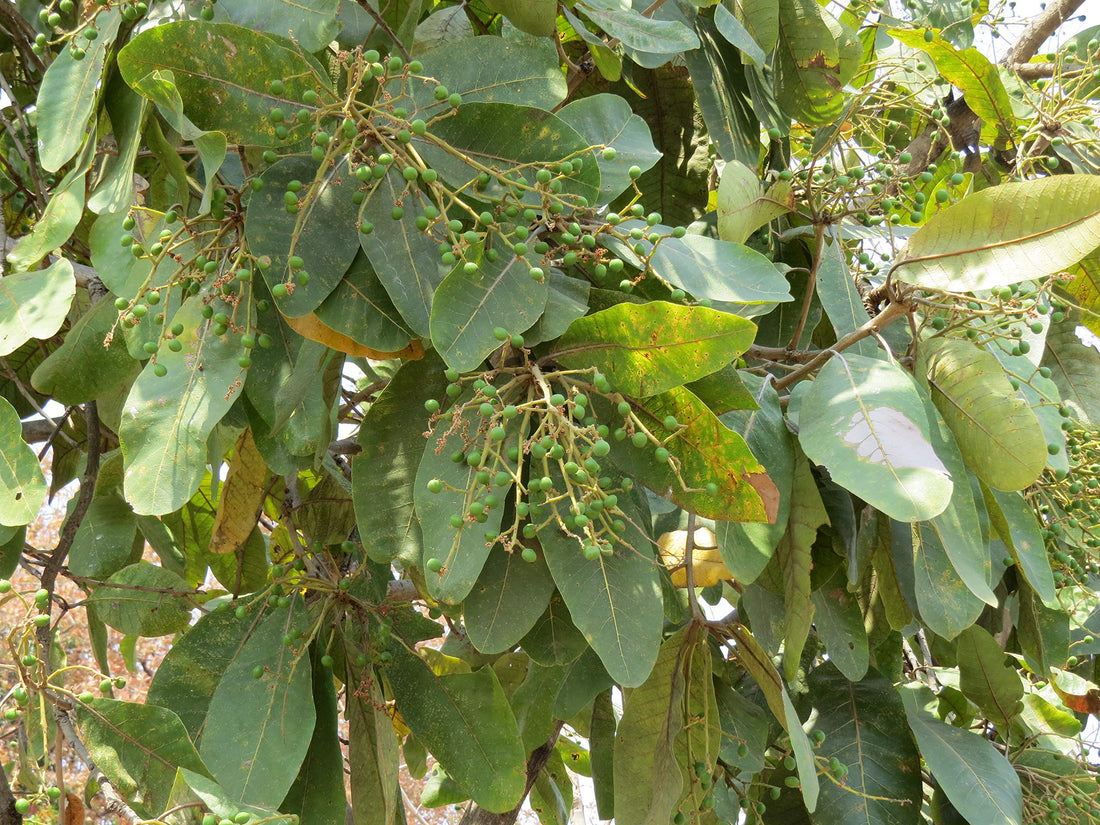

In the gastronomic saga of botanical wonders, the Chironji Tree, scientifically known as Buchanania cochinchinensis or Chironji, emerges as a nutty chronicle of culinary delight and traditional splendor. This resilient tree, adorned with unique nuts and vibrant greenery, not only contrib Read more
Trending
Trees for Corporates
Chironji Tree
You may also like
Corporate Plantations
Chironji tree benefits
Explore the multitude of benefits offered by the Chironji tree, celebrated for its culinary uses, medicinal properties, and economic significance. From its nutritious seeds to its aromatic bark and oil, the Chironji tree provides a range of health benefits, culinary delights, and income opportunities, making it a valuable resource in traditional medicine and local economies.
Chironji tree (Buchanania lanzan)
Delve into the botanical details and cultural significance of Buchanania lanzan, commonly known as the Chironji tree, prized for its edible seeds and versatile uses. As a deciduous tree native to the Indian subcontinent, Buchanania lanzan holds a revered place in Indian cuisine, Ayurvedic medicine, and cultural rituals, where it is cherished for its nutritional, medicinal, and cultural value.
Chironji tree in Ayurveda
Uncover the therapeutic uses of the Chironji tree in Ayurvedic healing practices, where it is esteemed for its medicinal seeds, bark, and oil. In Ayurvedic texts, Chironji is described as a powerful herb with cooling, astringent, and rejuvenating properties, used to treat various ailments, including digestive disorders, skin conditions, and respiratory issues, showcasing its holistic healing potential.
Chironji tree uses
Discover the diverse applications of the Chironji tree, from its seeds and oil used in cooking to its bark and leaves utilized in traditional remedies and crafts. Rich in nutrients, antioxidants, and essential fatty acids, Chironji seeds are valued for their nutty flavor and culinary versatility, while its oil and extracts find use in skincare, haircare, and aromatherapy products, highlighting its multifaceted utility and commercial potential.
Chironji tree cultivation
Learn about the cultivation practices and environmental requirements essential for growing Chironji trees, crucial for sustaining their population and meeting market demands. Chironji trees thrive in subtropical climates with well-drained soil and ample sunlight, requiring regular watering and pruning for optimal growth and seed production, emphasizing the importance of adopting sustainable cultivation methods.
Chironji tree conservation
Understand the significance of conserving Chironji trees and the efforts aimed at protecting their habitats and genetic diversity. Habitat loss, deforestation, and unsustainable harvesting practices pose significant threats to Chironji tree populations, underscoring the need for conservation initiatives and community-based stewardship to safeguard their cultural heritage and ecological integrity.
Chironji tree phytochemistry
Explore the chemical composition of Chironji seeds and extracts, which contain a variety of bioactive compounds known for their nutritional and medicinal properties. From proteins and carbohydrates to vitamins and minerals, Chironji seeds are a rich source of nutrients and antioxidants, while its oil extracts exhibit anti-inflammatory, antimicrobial, and emollient effects, making them valuable ingredients in traditional medicine and cosmetic formulations.
Chironji tree traditional knowledge
Delve into the traditional wisdom surrounding the Chironji tree, passed down through generations in indigenous healing traditions, culinary practices, and cultural rituals. Chironji holds a sacred place in Indian folklore and mythology, symbolizing prosperity, fertility, and culinary excellence, while its medicinal virtues continue to be revered in Ayurvedic medicine and folk remedies, showcasing its cultural and medicinal significance.
Chironji tree habitat
Explore the natural habitats favored by Chironji trees, typically found in deciduous forests, scrublands, and riverbanks across the Indian subcontinent. Chironji trees play a vital role in supporting biodiversity, providing food and shelter for wildlife, and contributing to soil fertility and ecosystem resilience, highlighting their ecological importance in their native habitats.
Chironji tree sustainable practices
Examine sustainable approaches to managing Chironji tree resources, emphasizing conservation, community engagement, and eco-friendly utilization methods. From promoting agroforestry and reforestation initiatives to implementing fair trade practices and value-added processing, sustainable strategies aim to balance economic development with environmental stewardship, ensuring the long-term sustainability of Chironji tree populations and their cultural and ecological significance.
FAQ
What is the Chironji Tree?
The Chironji Tree, scientifically known as Buchanania lanzan, is a deciduous tree native to the Indian subcontinent. It belongs to the Anacardiaceae family and is esteemed for its edible seeds, which have culinary and medicinal significance.
What are the culinary uses of the Chironji seeds?
Chironji seeds are a versatile ingredient in Indian cuisine, particularly in sweets, desserts, and savory dishes. They impart a nutty flavor and creamy texture, enhancing the taste and aroma of various recipes.
How do Chironji seeds contribute to digestive health?
Chironji seeds are known for their digestive properties. They contain essential oils and dietary fiber, which aid in digestion, alleviate constipation, and promote gastrointestinal well-being when consumed regularly.
Can Chironji seeds be used in traditional medicine?
Yes, Chironji seeds have been utilized in traditional Ayurvedic and Unani medicine systems for their therapeutic properties. They are believed to have cooling, diuretic, and aphrodisiac effects, benefiting overall health.
Are Chironji seeds beneficial for skincare?
Indeed, Chironji seeds offer advantages in skincare. They are rich in antioxidants, vitamins, and minerals that nourish the skin, improve complexion, and combat signs of aging when used in skincare formulations.
How does the Chironji tree contribute to agroforestry?
The Chironji tree plays a role in agroforestry systems by providing shade, improving soil fertility, and supporting biodiversity. Its cultivation alongside agricultural crops enhances ecosystem resilience and sustainability.
Can the Chironji tree be grown in home gardens?
Yes, the Chironji tree can be grown in home gardens, provided there is sufficient space and suitable growing conditions. It thrives in tropical and subtropical climates with well-drained soil and ample sunlight.
What are the traditional methods of harvesting Chironji seeds?
Chironji seeds are traditionally harvested by collecting ripe fruits from the tree, drying them, and extracting the seeds. Sustainable harvesting practices ensure the preservation of the tree's resources.
Is the Chironji tree endangered due to overharvesting?
The Chironji tree faces threats of overharvesting in some regions due to the high demand for its seeds. Sustainable harvesting practices and conservation efforts are essential to protect its populations.
How long does it take for a Chironji tree to bear fruit?
Chironji trees typically start bearing fruit within 4 to 6 years of planting, depending on environmental conditions and cultivation practices. Regular pruning and maintenance promote fruit production.
Most Popular
Connect with us
-
👥 Corporates
If you are looking for:
- 🌲 Tree Plantation Events
- 📊 CSR Projects
📧 corporate@growbilliontrees.com
📞 +91 9699723523
💬 WhatsApp (Only): +91 9370599291
🕒 Mon - Sat | 10am - 7pm IST
-
🧩 Tree Plantation NGOs
If you are looking for:
- 💰 Financial Assistance
- 🤝 Operational Support
📧 support@growbilliontrees.com
📞 +91 9699723523
💬 WhatsApp (Only): +91 9370599291
🕒 Mon - Sat | 10am - 7pm IST
-
🌼 Individuals
If you are looking for:
- 👥 Group Tree Plantation Drive
- 🌳 Bulk Tree Plantation
📞 +91 9699723523
💬 WhatsApp (Only): +91 9370599291
🕒 Mon - Sat | 10am - 7pm IST



